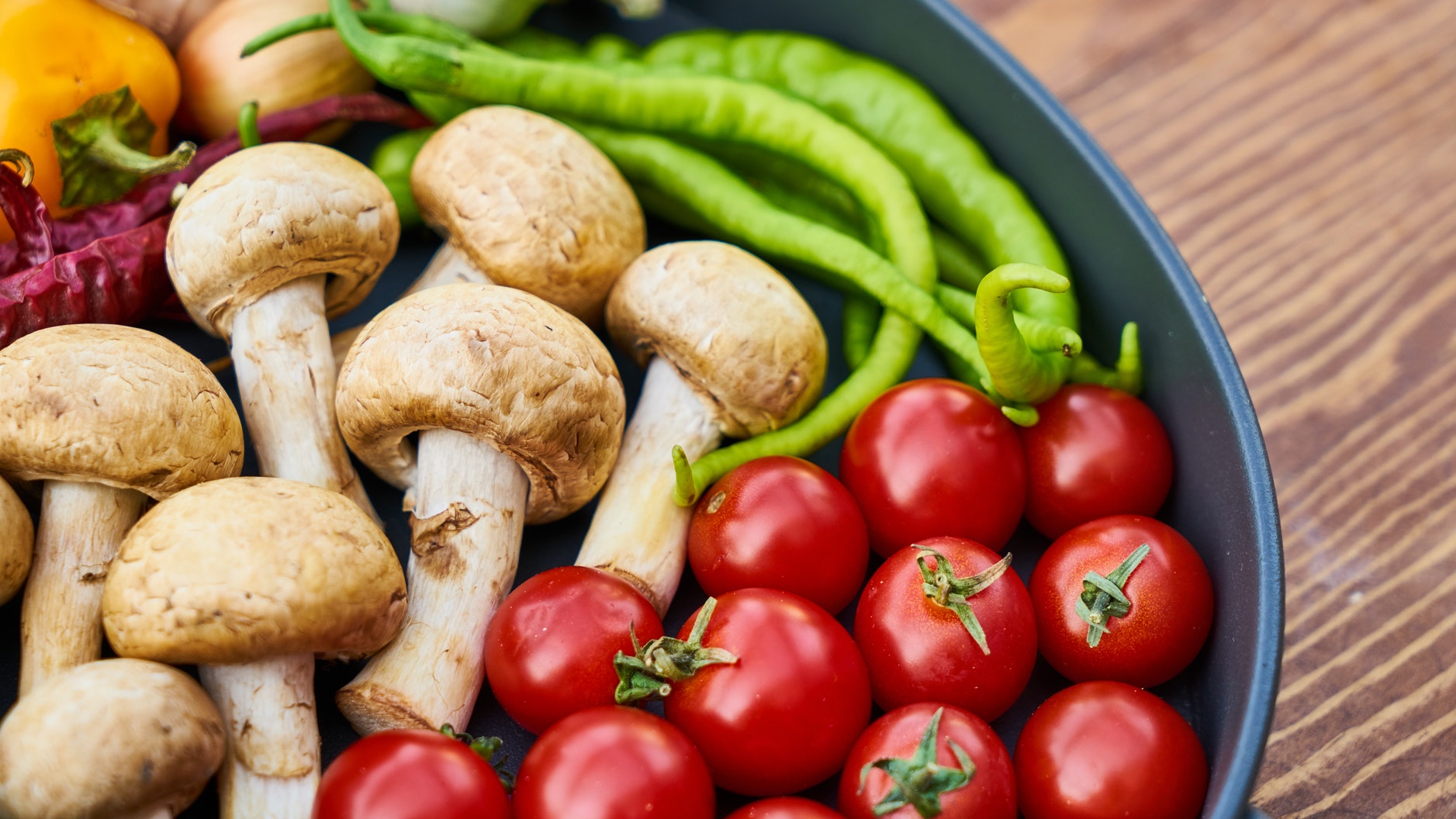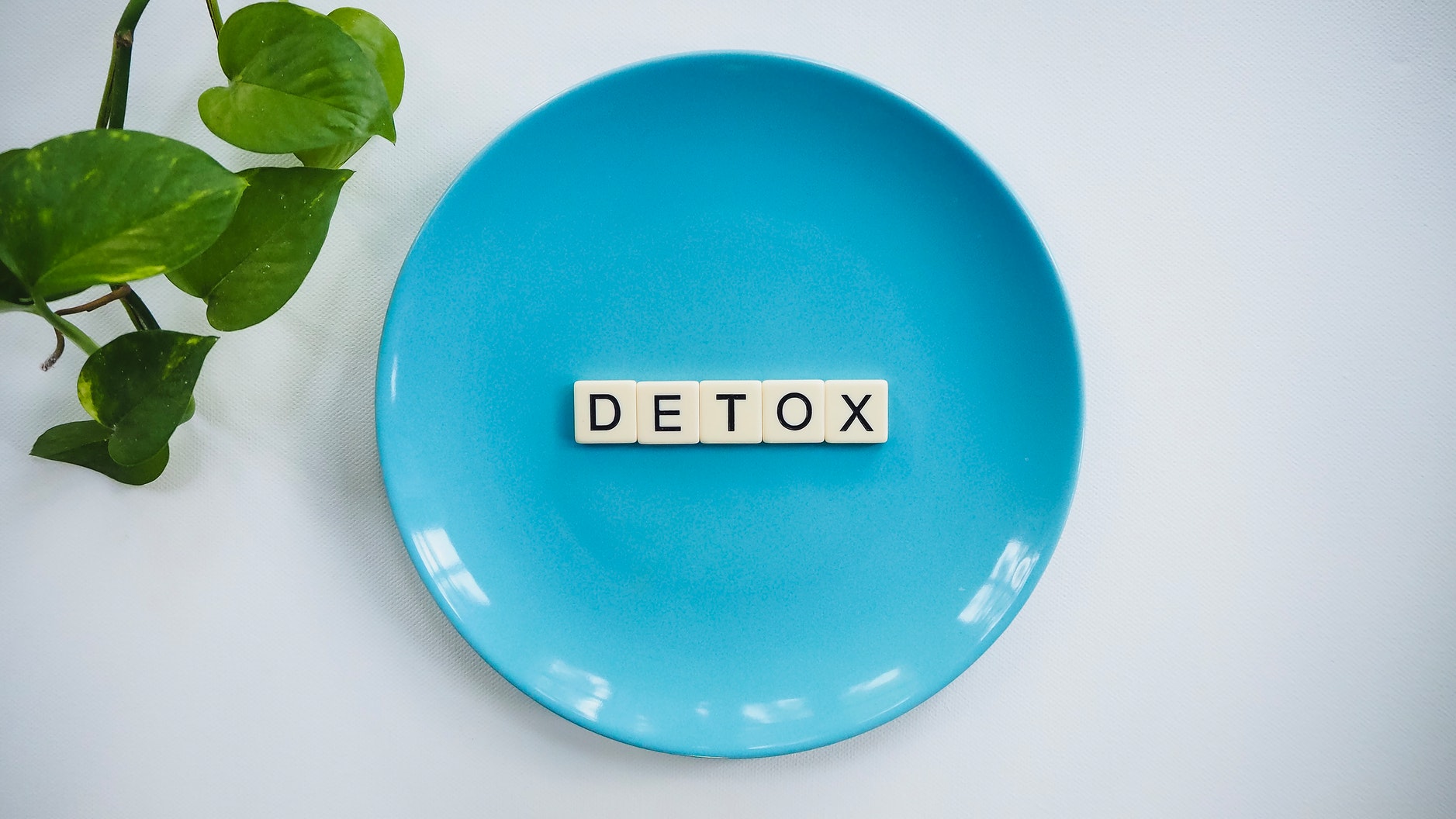
Since we were young we have been told to eat our fruits and vegetables. Sometimes we couldn’t have fun without eating our peas first. However, as we grow up, we for many reasons forget about how our mother’s used to yell at us and vegetables become a thing of the past. It’s time to make them the star of the show again.
Why are fruits and vegetables so important?
We know they contain a lot of vitamins, but why do we have to eat so much healthy stuff? According to the CDC, seven of the top 10 leading causes of death in the US are from chronic diseases. Eating fruits and vegetables can significantly reduce the risk for heart disease, diabetes, cancer, and more.
Most people don’t know how large of an impact eating fruits and vegetables every day can have. A 2015 report by the CDC states that only 1 in 10 adults actually eat enough fruits and vegetables every day. This is shocking considering the amount of people in the US.
But people shouldn’t start eating a head of broccoli every day just for a reduced risk of death. It’s important to have a quality life while living as well. Eating fruits and vegetables can have a huge impact on how feel mentally and physically.
The high fiber content will help the digestive system run smoothly so you don’t have an unwanted or untimely emergencies. Besides this, the high fiber and carbohydrate content in vegetables will help you be fuller faster and for a longer period of time. This will help eliminate calories, carbs, and fat from other not-so-healthy foods.
A high produce intake has also been linked to a better mood, increased energy, and a stronger immune system. Pretty much you will be feeling a lot better overall. Some say that creativity will also be boosted. You should be eating more produce not just because you will live longer, but your quality of life will improve in almost every aspect as well.
What is a serving, and how many
You may have heard as a child to eat 5 servings of fruits and vegetables a day. This is still true to this day, somewhat. Let’s start with what a serving of fruit and a serving of vegetables looks like.
Servings are divided into categories to make it easier to measure. For fruits, there are four categories. Any medium sized fruit (about the size of your fist) counts as a serving of fruit. For fresh, frozen, or canned fruit, a half-cup counts as one serving. A quarter-cup of dried fruit and a quarter-cup of fruit juice is one serving.
Vegetables are divided into three major categories. Any raw, leafy vegetables require a cup’s worth to be considered a serving. Fresh, frozen, or canned vegetables, like fruits, need a half-cup to count as a serving. Vegetable juice requires a half-cup to be a serving.
It’s important to know that when we were told to eat five servings of fruits and vegetables, they meant five servings of each. That means every meal should consist of fruits and vegetables, and there should be a snack or two throughout the day that is usually a fruit. This might change the way you plate your meals.
People typically plate three-quarters of their plate with meat and carbs, and leave the rest for vegetables. This plate has way too much meat and carbs and getting used to this makes it hard to lose weight. A plate that will get you to your 5 servings has fruits and vegetables making up half the plate. Of this portion, it will mainly consist of vegetables. It’s a good idea to have some fruit after the meal to replace your typical post-meal snack.
The other half of the plate should be split between carbs and protein. Make sure the carbohydrate source isn’t processed. Carb sources like pasta are okay once in a while, but in the long run shouldn’t be eaten every day. A good carb source, like brown rice, can help keep the weight down and control blood sugar levels. The protein source should be lean meat such as chicken breast or turkey. Meat like pork and beef should be limited since studies show they increase the risk for cancer. These meats also have a higher fat content so anybody watching his or her weight should stay away.
Conclusion
Considering only 1 in 10 adults eat enough produce, under-consumption of fruits and vegetables is a real problem. Almost everyone is at a higher risk for heart diseases and earlier mortality. While 10 servings may seem like a lot, remember we all start somewhere. Start increasing the amount of produce you eat a day slowly and the effect it will have on you will drive you to eat more. Remember, there are tons of recipes to make vegetables a lot tastier!



